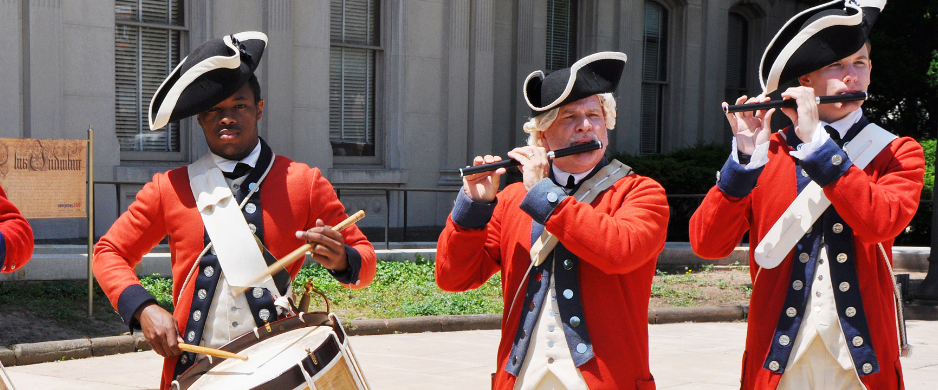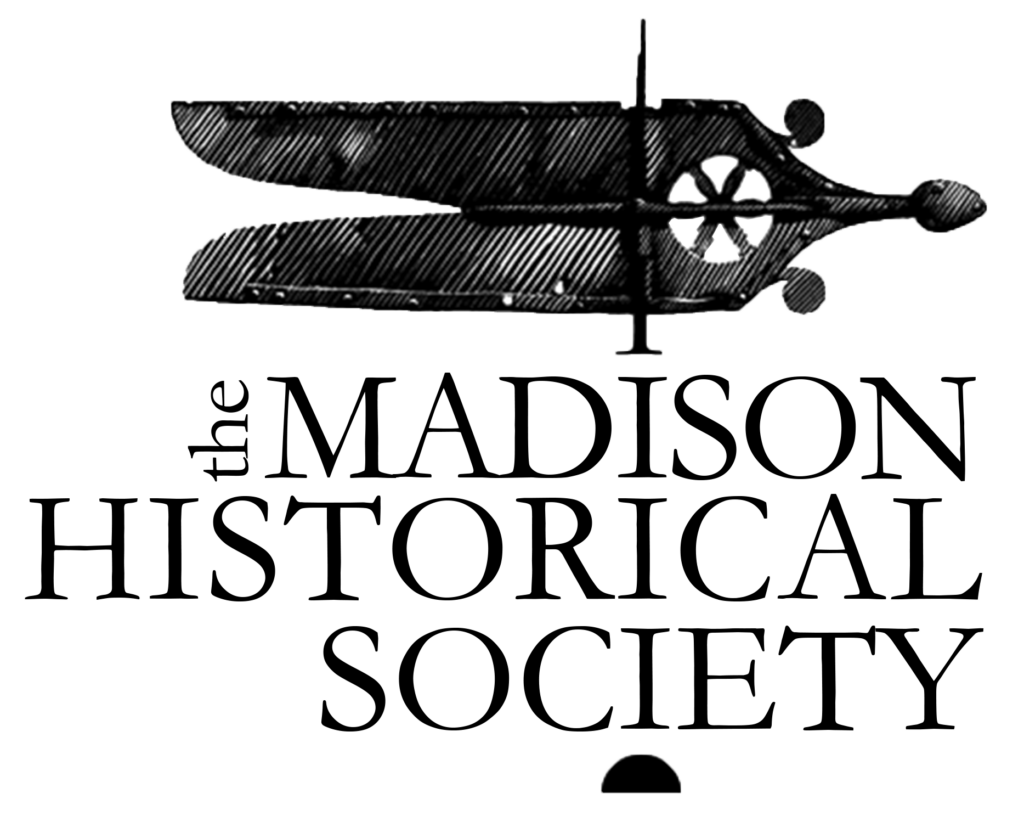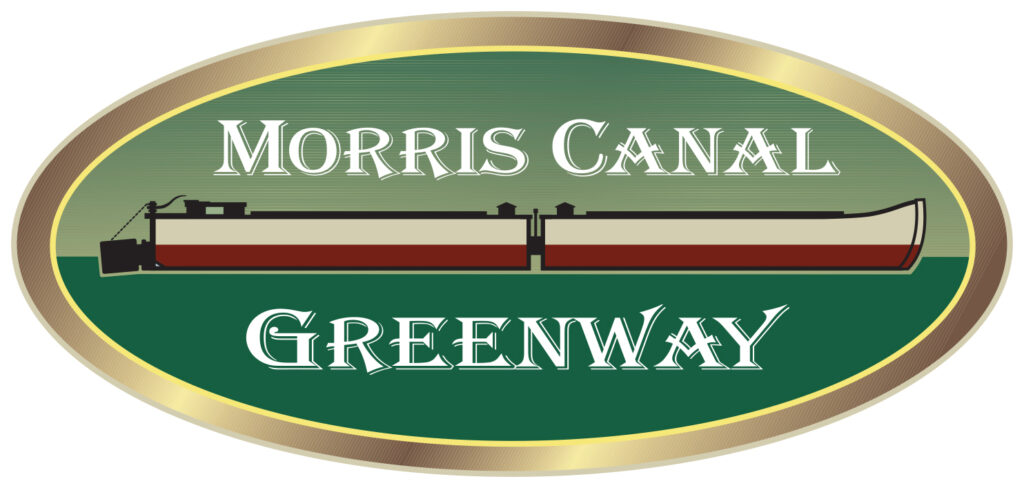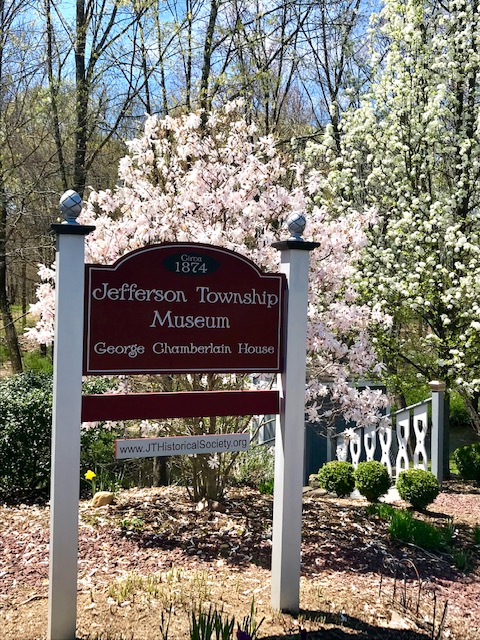St. Peter’s Episcopal Church
Share the loving word of the Gospel
Our Mission Statement: “We share the loving word of the Gospel with all who are open to exploring a relationship with God by carrying the light of Jesus Christ in transformative worship, prayer and service.
Location
About
About
Our Mission Statement: “We share the loving word of the Gospel with all who are open to exploring a relationship with God by carrying the light of Jesus Christ in transformative worship, prayer and service.
St. Peter's Church was founded on January 1, 1827, as the Episcopal church for the growing community in Morristown. Its first services were held in the home of George Macculloch – a prominent town member and builder of the Morris Canal whose mansion stands near the church. The parent Anglican and Episcopal congregation had existed in the area and called itself St. Peter's since the 1760s, but with the anti-Church of England sentiments during and following the Revolutionary war, St. Peter's, like other Episcopal congregations, did not recover and become mainstream until well into the 1820s.
St. Peter's Church was founded on January 1, 1827, as the Episcopal church for the growing community in Morristown. Its first services were held in the home of George Macculloch – a prominent town member and builder of the Morris Canal whose mansion stands near the church. The parent Anglican and Episcopal congregation had existed in the area and called itself St. Peter's since the 1760s, but with the anti-Church of England sentiments during and following the Revolutionary war, St. Peter's, like other Episcopal congregations, did not recover and become mainstream until well into the 1820s.
Contact Information
Address
70 Maple Avenue, Morristown, NJ, USA
Phone
Zip/Post Code
07960










